 |
| Not Ian--his classmate, Robert Browning |
Inkblots –November 19, 2011
Special evening with Marketing Director of P&R Publishing, Ian Thompson. Only 3 years living in the USA. Formerly with Christian Focus in Scotland. Delighted to have him with us tonight. A good gang of folks this evening; good food, good wine (CA old vine Zin, and a nice port).
[thanks Doug McComas for doing the bulk of the blogging tonight] Started with an introduction to inkblots for our guest. Schrupp got here late—sheesh! Ian’s degree is in geophysics from London University—where Robert Browning and Olivier Goldsmith studied (slightly before Ian’s time). Ian first applied for a job with Inter-Varsity Press (IVP) who turned him down. Ran a Christian newspaper in London. English-Churchman and Saint James Chronicle. The oldest newspaper in the world, est. 1701. The paper went into decline with the Church of England.
How did the Spirit bring you to a living faith in Christ? Through cross-country team coached by a Christian. Through affiliation with John Stott and All Souls, London. Attended a youth group ran by a Christian teacher at school. Independent Baptist church. After awhile he found himself arguing for Christianity instead of against it. A slow conversion, not a sudden event.
When Ian was a student in British schools he was daily subject to an act of Christian worship. He began to wonder why the words of hymns were not given much attention. Brought about a familiarity with hymnology for his generation that has since been lost. After refusal by IVP, most of his early career was spent doing HVAC and security system design.
Started in marketing by writing the British vocation standards on marketing. Worked with Palmolive and Colgate as a marketing consultant. Family life: Did sales desk work across from his future sister in-law who introduced him to her “religious sister.” Married Heather 18 months later. 26 years ago. Now living in Bethlehem, Pennsylvania near Phillipsburg, New Jersey, P&R’s HQ. How did he get to marketing: Trans-world, penguin, Harper-Collins – he originally trained sales team form these organizations.
A church elder asked him one day if he could move to northern Scotland to work for Christian Focus. After a 1-1/2 hour telcon he agreed to work there after a visit. Worked for Christian Focus for 13 years than came to America to work for P & R, three years ago. America sells 95% of their books in country so they don’t need foreign sales, whereas English religious publishers must have the American market to survive. P&R was founded in 1930 by the OPC (G Gresham Machen and Samuel Craig).
Christian Focus was started by 4 brothers who were trying to find a good Christmas book for their children. Published it after much research. Christian Focus is mainly Children’s books that don’t include pictures of Christ. How did Banner of Truth Trust come into play? Until the 1950’s there was a lull in Reformed books and when an interest came up, Martin Lloyd Jones and company filled the gap. Joke is Banner of Truth only publishes dead people until more recently.
Digital links in the new e-books is big. Going to a map on line, etc. E-books are killing the hardbacks. Many people don’t want hardbacks anymore so their prices are going up. Publishers want a paper book format, thanks to Gutenberg, but a publisher’s role is to distribute intellectual content to the reader. The digital format lowers cost, but not all costs because many costs like overhead and marketing, etc remain the same. It will lower it but not much.
Audio books (expensive to make due to hiring the voice- need a large audience) are a growing part of the market along with Christian books but they are still a small part of the market (Allison Krause is singing too loud so Doug gets up and turns her down). Costs can vary for publishing (Drinking a 2002 Grand-Cru). $25,000 minimum to market a Christian book. Talked prices for full print ads. $3860 for Reformation Trust’s ad of Doug’s new Knox book inside front cover of World, Ian estimated. When you are writing you are writing for the potential writer not for your existing reader. Bond’s P&R titles have sold over 150,000; then he hesitated and said it may be more than that.
First print runs don’t make any money, generally. The publisher makes money on the second print run. Selling through the retail trade ½ the price is gobbled up getting book to market. Christian publishing company must give constant thought to ministry in what they publish. A print run of as small as 2,500 can be done. Small runs are the norm. Non-fiction usually has a more focused audience which is easier to market. Fiction marketing must be more scattered. Tim Challies blog on marketing stuff? If you can get on his blog that’s a good thing. How about marketing your own book: Named people endorsing your name. Church history-endorsed by a church historian. Active in literary events. Applicable to the work you do. Developing your own following.
How active are you in sales. How long is your reach? Book signings can be humbling. Signing session at your local bookstore. 50 is a success. Secular book stores are often better for book signings then Christian bookstores because of numbers coming in. Word of mouth is a big quality. Quality of the writing is key. Storyline and grammar go hand-in-hand.
Literary agents are lepers. Very useful for filtering. 1 per 600 for unsolicited manuscripts are taken. Like a literary agent. Can be some marketing challenges. Can increase costs. They are tolerated. About 15% of publications come through agents. Usually results in big advances. Publishers first have workers filters out the crazies (real example: a book proposal on Calvin explained through the eyes of a goldfish) or very small audiences. E-publishing may change this. Worthy but dulls are filtered out next.
Book title life spans: statistics are looked on after 3 months (when an author gets the ominous phone call from the publisher asking if he would like to buy the remainder of the print run? means disaster). By 2015 E-books will eliminate warehousing.
Ian was asked about authors he liked reading: Douglas Adams a good read for improving your writing. He writes concepts that others could not do. Plays with negatives: hovers in precisely the same way that a brick doesn’t. Jan Karon is a good read for stylistic writing. Ian has not seen her bettered. Hunger Game books. Hasn’t read them. But everyone is recommending them at his church. First-person, and clean. Does P&R have holes in what it publishes? Always have holes. When you fill a hole in a series, it matters less that an individual writer is credentialed and well known, since the series is already established. P&R gets submissions for lots of doctrinal theological works because seminary professors need to “publish or perish.” Ian gets taken to lunch and schmoozed by theologians and professors all the time. So author is supposed to buy Ian lunch? Nobody told me? What gives? How illuminating! What they really are not looking for? No poetry please!
Lots of good unpacking and chatting about all that Ian had to share with us about the publishing industry today. Super helpful and a blessing to get to know you. Thanks so much for your time tonight. What a treat!



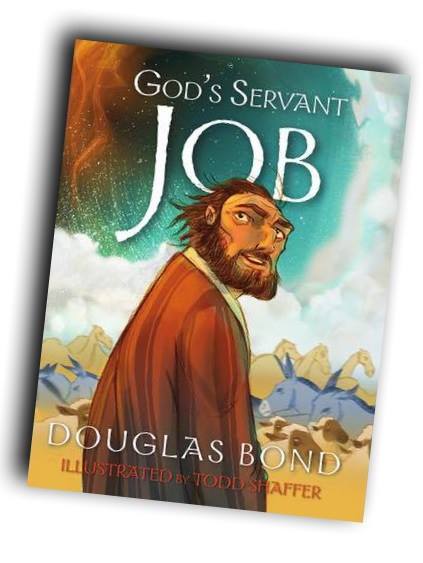



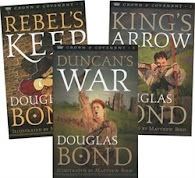

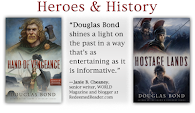
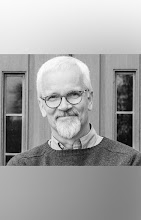
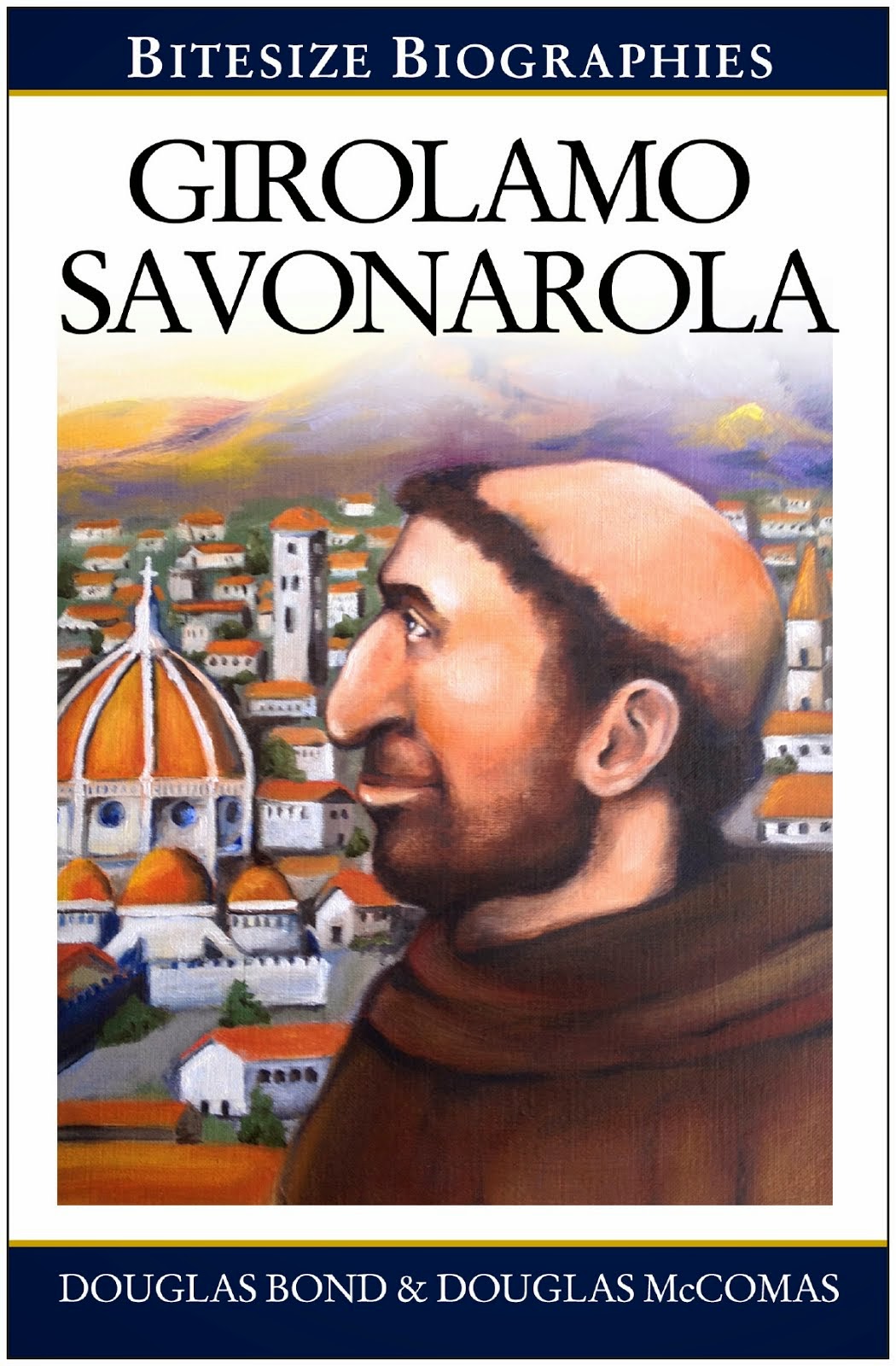


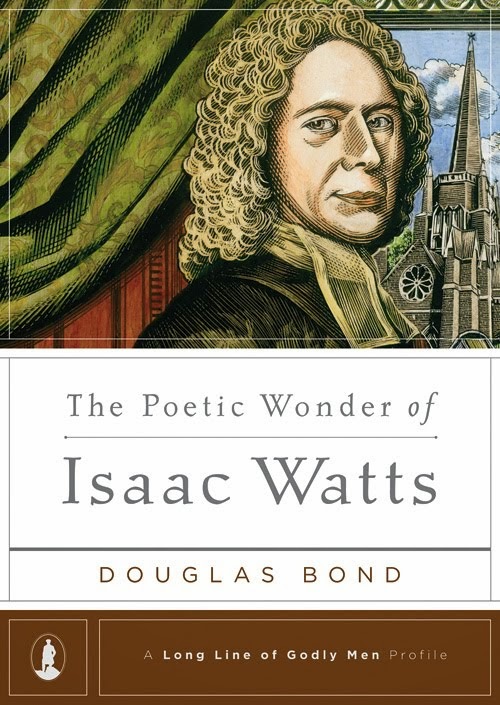




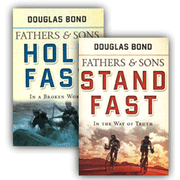


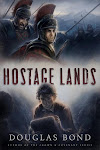
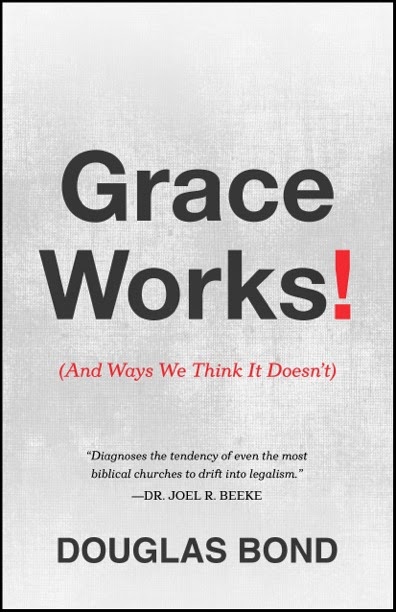
No comments:
Post a Comment